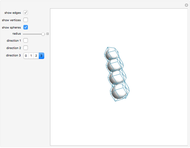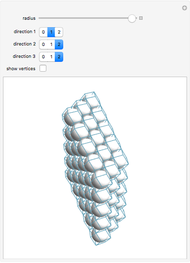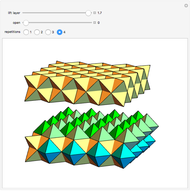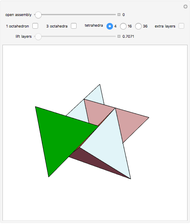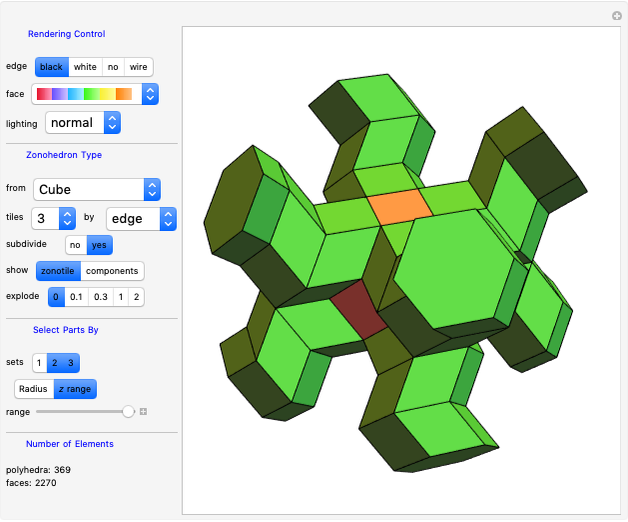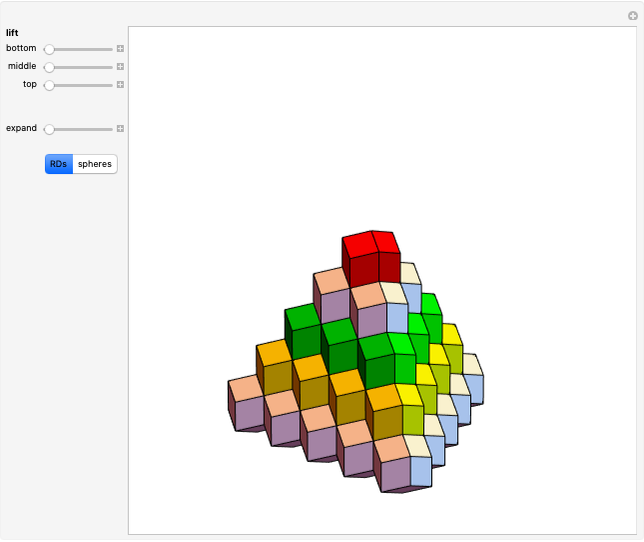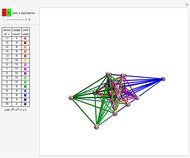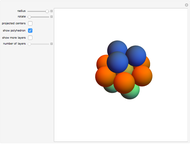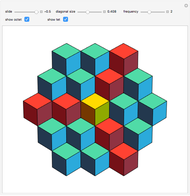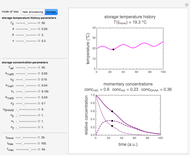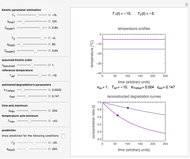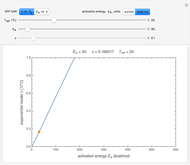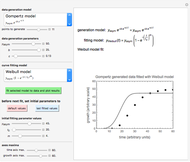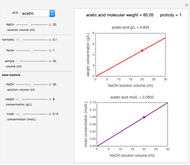Container Filled with Particulates

Requires a Wolfram Notebook System
Interact on desktop, mobile and cloud with the free Wolfram Player or other Wolfram Language products.
This Demonstration shows a rectangular or cylindrical container and its particulate contents, such as a cereal, tea leaves, coffee, dried fruit, salt, or spice. It gives the container's external dimensions, contents, and headspace. The input parameters are the content's mass and bulk density, the desired headspace in percent of the container's height, and its width and thickness or diameter. The Demonstration calculates and displays the container's height, its area and total volume, the volume of the contents, and its area per unit contents' mass.
Contributed by: Mark D. Normand and Micha Peleg (November 2012)
Open content licensed under CC BY-NC-SA
Snapshots
Details
Snapshot 1: cereal box with 20% headspace
Snapshot 2: box of tea leaves with 20% headspace
Snapshot 3: box of raisins with 15% headspace
Snapshot 4: oatmeal with 15% headspace
Snapshot 5: ground roast coffee with 15% headspace
Snapshot 6: cocoa powder with 10% headspace
Snapshot 7: salt with 10% headspace
Snapshot 8: oregano with 15% headspace
This Demonstration calculates the height, surface area, and volume of a rectangular box or a cylindrical container for dry or semi-dry food particulates. You can enter the content's mass  , bulk (apparent) density ρ, percent headspace
, bulk (apparent) density ρ, percent headspace  , the container's width
, the container's width  , and thickness (depth)
, and thickness (depth)  , if rectangular, or its diameter
, if rectangular, or its diameter  , if cylindrical, all with sliders.
, if cylindrical, all with sliders.
The rectangular box's calculated and displayed height is  , where the box's total volume is
, where the box's total volume is  . The content's volume is
. The content's volume is  . The box's surface area is
. The box's surface area is  and the area per unit mass is
and the area per unit mass is  .
.
In a cylindrical container, the content's volume is again  , but its height is
, but its height is  . The container's total height is
. The container's total height is  and its total volume is
and its total volume is  . The container's surface area is
. The container's surface area is  and the area per unit mass is
and the area per unit mass is  .
.
The Demonstration lets you view the displayed rectangular box or cylindrical container from different angles and distances, and present the contents and headspace regions in different colors.
Not all the shapes that can be created with the Demonstration have a practical counterpart. Although primarily intended for designers of rectangular and cylindrical food packages, the Demonstration can be used for packages of other particulates, chemicals, pharmaceuticals, or toiletries, for example. With appropriate mass and length units, a similar program can be used in the design of large containers for the transportation or storage of particulates, including fresh agricultural field products.
Permanent Citation


















